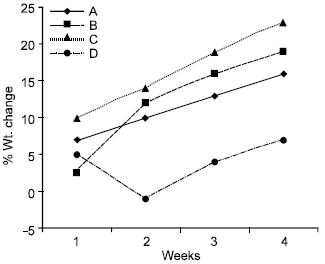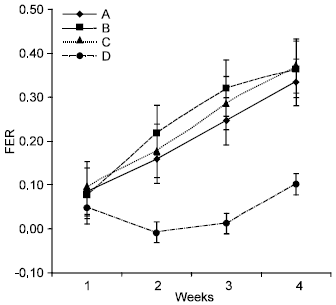Research Article
Nutritional Merits of a Ginger-Spiced Cheese Fed to Male Wistar Rats
Food Technology Laboratory, Institute of Agricultural Research for Development (IRAD), Bambui Regional Centre, Bamenda, Cameroon
C. W. Nain
Food Technology Laboratory, Institute of Agricultural Research for Development (IRAD), Bambui Regional Centre, Bamenda, Cameroon
M. Y. Mfopit
Animal Health and Veterinary Research Laboratory, IRAD Wakwa, Ngaoundere, Cameroon
A. Tanya
Faculty of Science, University of Yaounde I, Cameroon
M. F. Carl Mbofung
National School of Agro-Industrial Sciences (ENSAI), University of Ngaoundere, Cameroon














